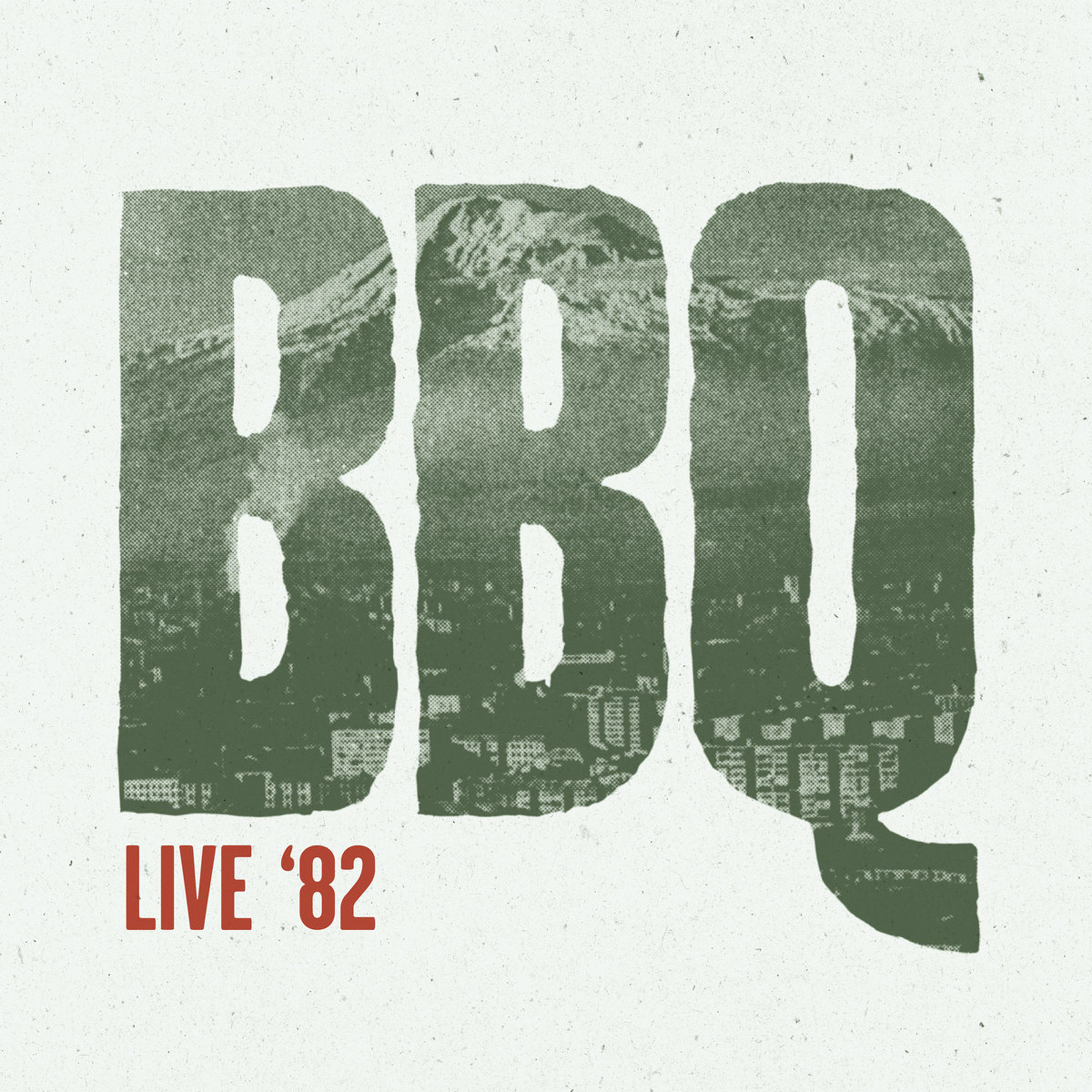
The Bergisch-Brandenburgisches Quartett took its name from the two German land regions where its four members resided. Rüdiger Carl (reeds, accordion) and Hans Reichel (violin, guitar) lived in the northwestern city of Wuppertal; Swedish-born Sven-Åke Johansson (drums, accordion, vocals) and Ernst Ludwig Petrowsky (reeds, harmonica) lived on either side of the Berlin Wall. In German, their name was a simple statement of geographic origin, but abbreviated, it had a comedic potential that was surely not lost on its members. Like the Dutch ICP Orchestra and the Art Ensemble Of Chicago, the Quartett (which existed for a couple years in the early 1980s) understood improvisation as a license to embrace anything, including some judiciously timed leg-pulling. It’s their skill at mixing musical elements, as much as the members’ manifold instrumental talents, that make this beautifully packaged archival release such a treat.
Carl and Johansson, whose periodic partnership endures to this day, had been part of Germany’s free-music scene. But unlike so many of their contemporaries, who left the music they originally loved behind in order to create something new, they embraced aspects of folk, classical, jazz and pre-rock pop and art music. Reichel was a fellow traveler; his willingness to extend improvisation into the realm of reimagining and inventing his instruments left him with nowhere else to go, but he also shared a willingness to incorporate his non-jazz affections into his ongoing practice. And Petrowsky was a proselytizer for modern and avant-garde jazz in East Germany, where the embrace of American-identified cultural endeavors could be a dicey proposition.
Despite the challenges of having members on both sides of the Iron Curtain, the combo toured both the divided Germany and the U.S.; Live ’82 was recorded at the Moers Jazz Festival. As befits a setting where they were playing to a bigger audience whose members might not know their music, they did a bit of everything they could do. This took the place not of a revue, but of a constantly mutating stream of collective consciousness. An introductory moment of spiky free play quickly mutates into a mixture of flinty chamber music, woozy psychedelia and Brazilian-rainforest percussion. Squeezebox sentimentality stirs together with patient, flute-forward swinging; a wobbly march breaks into a free-jazz slalom; and poker-faced crooning melts into hallucinatory reverie. The transitions are seamless, and the four musicians face each stylistic moment with a combination of commitment and unsentimental reassessment. Forty years on, it’s that engagement that makes this music so compelling.
—Bill Meyer








